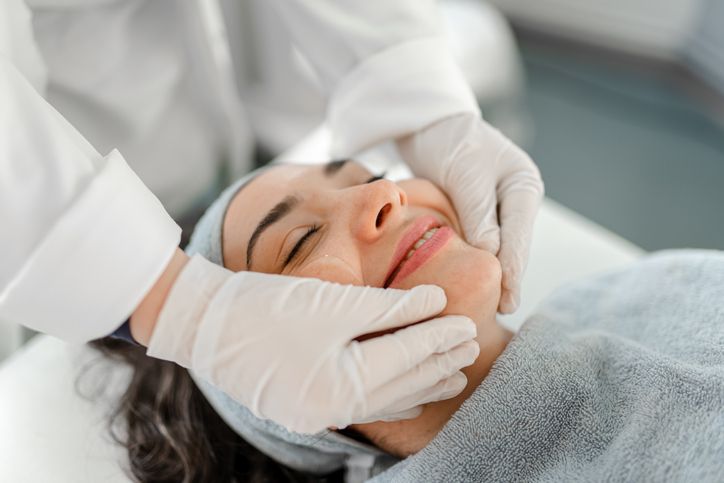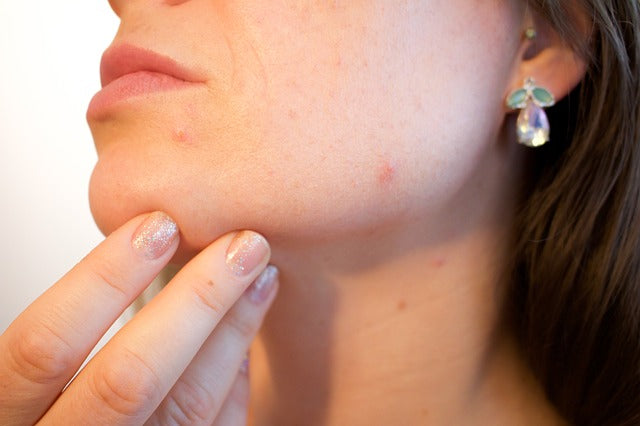Tea Tree Oil for Folliculitis Treatment: A Natural Beauty Boost
For beauticians deeply immersed in the art of skincare, understanding effective treatments for skin conditions like folliculitis is essential. One of the most talked-about remedies is tea tree oil for folliculitis treatment. With its roots in indigenous Australian medicine, this essential oil has carved a niche in modern skincare, celebrated for its promising results.
Folliculitis, a common yet troublesome skin condition, occurs when hair follicles become inflamed, often due to bacterial or fungal infections. For professionals in the beauty industry, recommending a treatment thats natural, effective, and gentle on the skin is crucial. This is where tea tree oil shines, offering an alternative that targets the root of the problem.

Understanding Folliculitis
Before diving deep into solutions, its important to grasp what folliculitis entails. Essentially, its an infection of the hair follicles, leading to itchy, painful, and sometimes embarrassing red bumps on the skin. These can appear anywhere hair grows, be it the scalp, face, arms, or legs. For a more thorough look at the condition, you might find our articles on superficial vs. deep folliculitis and chemotherapy and folliculitis risk enlightening.
Tea Tree Oil: What Makes it Effective?
The efficacy of tea tree oil in treating folliculitis is largely attributed to its natural antibacterial and antifungal properties. This oil, derived from the leaves of Melaleuca alternifolia, penetrates the skin with a soothing effect while targeting infection-causing microbes. For beauticians, this translates into a solution that not only treats but also helps prevent further outbreaks.
How to Use Tea Tree Oil for Folliculitis
Proper application maximizes the benefits of tea tree oil. Firstly, it should always be diluted with a carrier oil like coconut or jojoba oil to avoid skin irritation. A patch test is recommended to ensure theres no adverse reaction. Once prepared, it can be applied to the affected area using a cotton swab or cotton pad. Consistent use, typically twice a day, offers the best results in reducing inflammation and clearing infections.
Incorporating tea tree oil into your skincare repertoire not only addresses conditions like folliculitis but also enhances overall skin health. You can also explore other natural treatments for folliculitis that might complement its effects.
Potential Benefits and Considerations
Tea tree oils versatility and natural origin make it a preferred choice for those wary of chemical-laden treatments. Its anti-inflammatory properties help to soothe irritated skin, reducing redness and swelling, common issues associated with folliculitis.
However, its imperative to approach its use with caution. Beauticians should advise their clients about possible skin sensitivities. A concentrated formula, if applied directly without dilution, can lead to skin irritation or allergic reactions. Therefore, appropriate usage and educating clients about proper dilution ratios is key to harnessing its full benefits.
Insights from Science on Tea Tree Oil
Research backs up the benefits of tea tree oil for treating skin infections. According to a study found on ScienceDirect, tea tree oil has shown substantial efficacy due to its terpinen-4-ol content, which contributes to its microbial-fighting properties.
Further exploration into subjects like folliculitis in medical publications can give a more detailed scientific background and evidence supporting the benefits of using tea tree oil.

Additional Natural Remedies
While tea tree oil is a front-runner, beauticians should also consider combining it with other skincare treatments to maximize benefits. For example, using medicated or antifungal cleansers can support the efficacy of topical applications, creating a comprehensive approach to managing folliculitis.
Frequently Asked Questions (FAQs)
Q: Can tea tree oil completely cure folliculitis?
A: While tea tree oil is highly effective in reducing symptoms and preventing outbreaks, its ability to 'cure' depends on the cause and severity of the infection. It's best used as part of a broader treatment plan.
Q: How long does it take to see results?
A: Results can vary. Generally, improvements can be seen in about one to two weeks with consistent application. However, individual responses may differ.
Q: Is it safe to use tea tree oil on sensitive skin?
A: Tea tree oil can cause irritation, especially on sensitive skin. Always conduct a patch test first and dilute it appropriately with a carrier oil before application.

